Boxwood Care - How To Grow Boxwood Shrubs

Amy Draiss
Boxwood plants (Buxus) are dense, evergreen shrubs often planted in elegant and formal landscapes. Many varieties and cultivars of boxwood plants exist. Boxwoods are grown for foliage as their flowers are insignificant. Growing boxwood in your home landscape allows you to create a formal hedge, a matching border, or a pair of boxwood plants to balance an entryway. Boxwoods may also be planted as focal points or foundation plantings.
Tips for Planting Boxwood
When choosing where to plant boxwoods, make sure to plant them in the spot most appropriate for their needs. A full or part sun location is needed for optimum growth of this specimen. Successfully growing boxwood requires well-drained soil and while the plants prefer soil to be organic, the boxwood's soil needs are adaptable.
When planting boxwood, consider your year-round climate. If temperatures become extremely hot in summer, boxwood plants will appreciate afternoon shade and regular watering. Water deeply, as frequent, shallow irrigation will not reach the root zone of the growing boxwood.
Until established, after about two years, boxwoods will need at least weekly watering. When planting boxwood, locate them in an area that is protected from winter wind to avoid a condition called winter bronzing.
Plant at the same level they were planted at the nursery or in the container. Planting boxwood too deeply can lead to stress and possibly death.
Information on Boxwood Care
Properly mulching the shallow-rooted boxwood helps retain moisture and keep roots cool. Growing boxwoods should have a 2 to 3 inch (5-8 cm.) layer of mulch extending 12 inches (31 cm.) past the foliage. As with all shrub mulching, trunks should not be covered.
Aside from watering and mulching, growing boxwood is a low maintenance task, unless you wish to keep them as a sheared hedge. Shearing, or pruning of boxwood, is the most time-consuming part of boxwood care when they are grown as a hedge, but you will be rewarded with a healthy, long-lasting hedge.
Gardening tips, videos, info and more delivered right to your inbox!
Sign up for the Gardening Know How newsletter today and receive a free copy of our e-book "How to Grow Delicious Tomatoes".
Older boxwood care will include thinning limbs to allow sunshine to reach the inner foliage. The boxwood leaf miner is the most common pest one must deal with when caring for boxwoods. If foliage begins to yellow, treat with organic oil or insecticidal sprays. Phytophthora root rot may result from soggy soils.
Yearly soil tests can determine if the soil pH for the boxwood is correct. Soil pH should be between 6.5 and 7. It is best to test the soil before planting boxwood. pH can be raised with the addition of lime and lowered by sulfur.
As slow-growing landscape plants, boxwoods are valuable, and consequently they are expensive. Take time to choose where to plant boxwood carefully. Remember to water and mulch properly for a long-lived, vigorous specimen.

Becca Badgett was a regular contributor to Gardening Know How for ten years. Co-author of the book How to Grow an EMERGENCY Garden, Becca specializes in succulent and cactus gardening.
- Amy DraissDigital Community Manager
-
 Get Ready For A Summer Of Hummers! Grow These Full Sun Hummingbird Plants and Flowers
Get Ready For A Summer Of Hummers! Grow These Full Sun Hummingbird Plants and FlowersIf you’re lucky enough to enjoy a sunny backyard, make sure you are maxing out on your pollinator opportunities and grow these full sun hummingbird plants and flowers
By Tonya Barnett
-
 12 Lush Alternatives To A Lawn For Sustainable Spaces
12 Lush Alternatives To A Lawn For Sustainable SpacesAlternatives to a lawn are beautiful and also beneficial to your local ecosystem and its pollinators. Explore our top picks for plants to replace grass.
By Tonya Barnett
-
 What Is The Size Of An Azalea? Explore Different Varieties That Will Suit Every Garden
What Is The Size Of An Azalea? Explore Different Varieties That Will Suit Every GardenThe size of azaleas can vary widely because they have been selectively bred for different landscape needs. Check out our picks for each size category.
By Mary Ellen Ellis
-
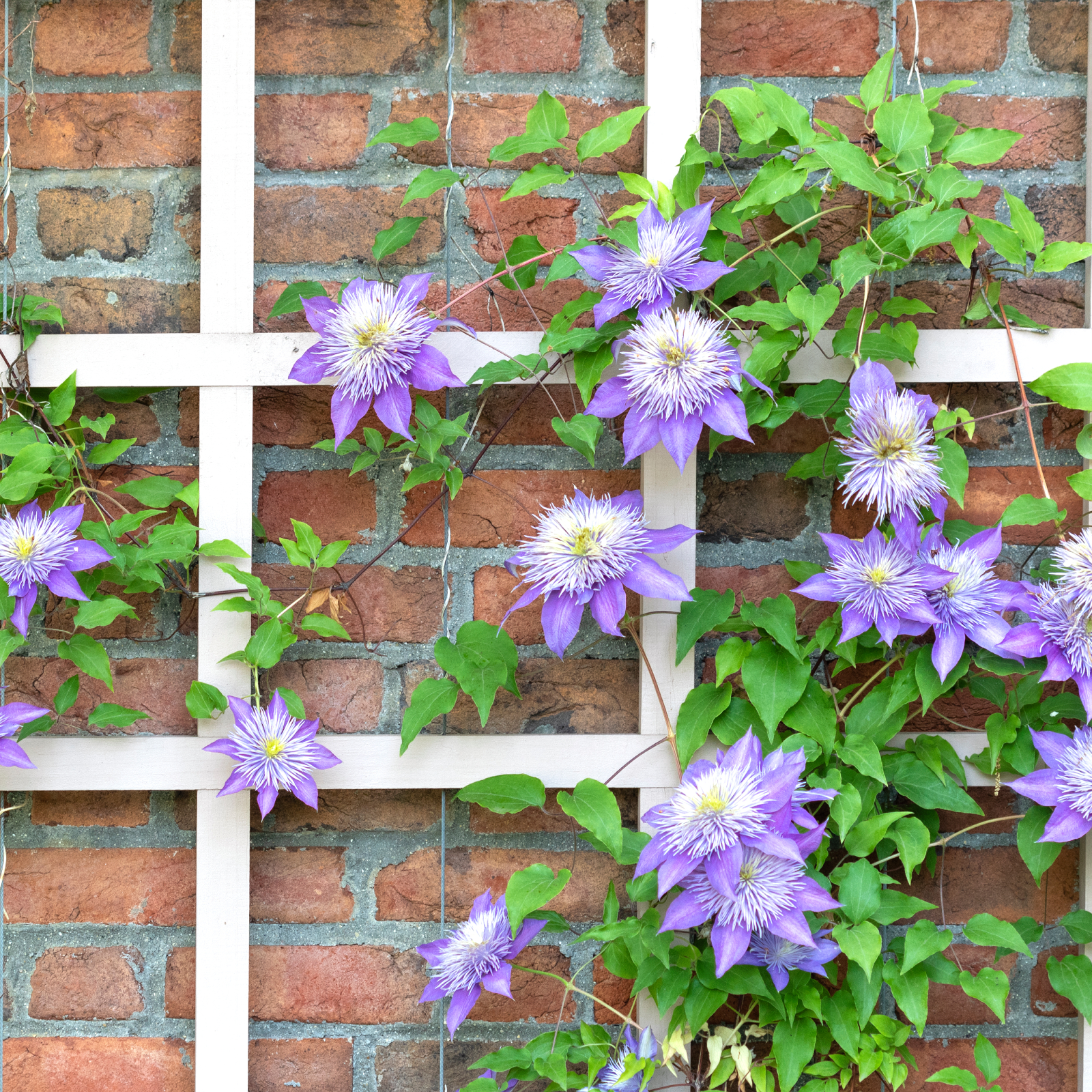 5 Fabulous Fast-Growing Vines – That Will Quickly Climb Any Arbor, Trellis, Or Fence
5 Fabulous Fast-Growing Vines – That Will Quickly Climb Any Arbor, Trellis, Or FenceThese fast growing vines are perfect for covering any eyesores in your yard or creating a living fence. They will provide great visual interest, as well.
By Amy Grant
-
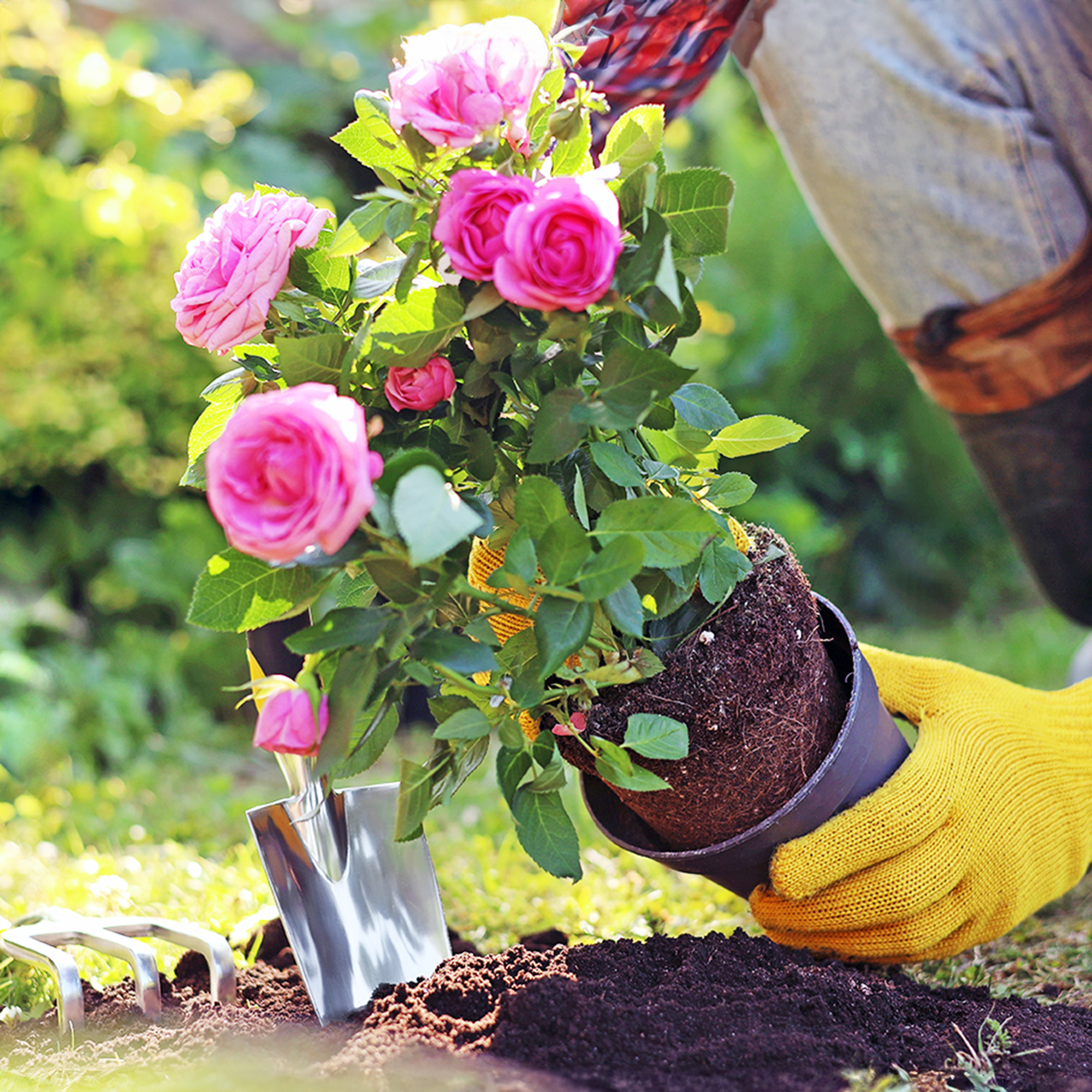 When To Plant Roses: The Best Time For Your Climate And Rose Type
When To Plant Roses: The Best Time For Your Climate And Rose TypePlant your roses at the right time and you will be rewarded with decades of glorious summer flowers – but get it wrong and you'll be crying over dead shrubs.
By Teo Spengler
-
 Spectacular Early Blooming Shrubs: 6 Sparkling Spring Flowering Bushes
Spectacular Early Blooming Shrubs: 6 Sparkling Spring Flowering BushesWant to kickstart your gardening year with dazzling spring flowering bushes for beds and borders? These unique early bloomers are sure to help you rise and shine!
By Teo Spengler
-
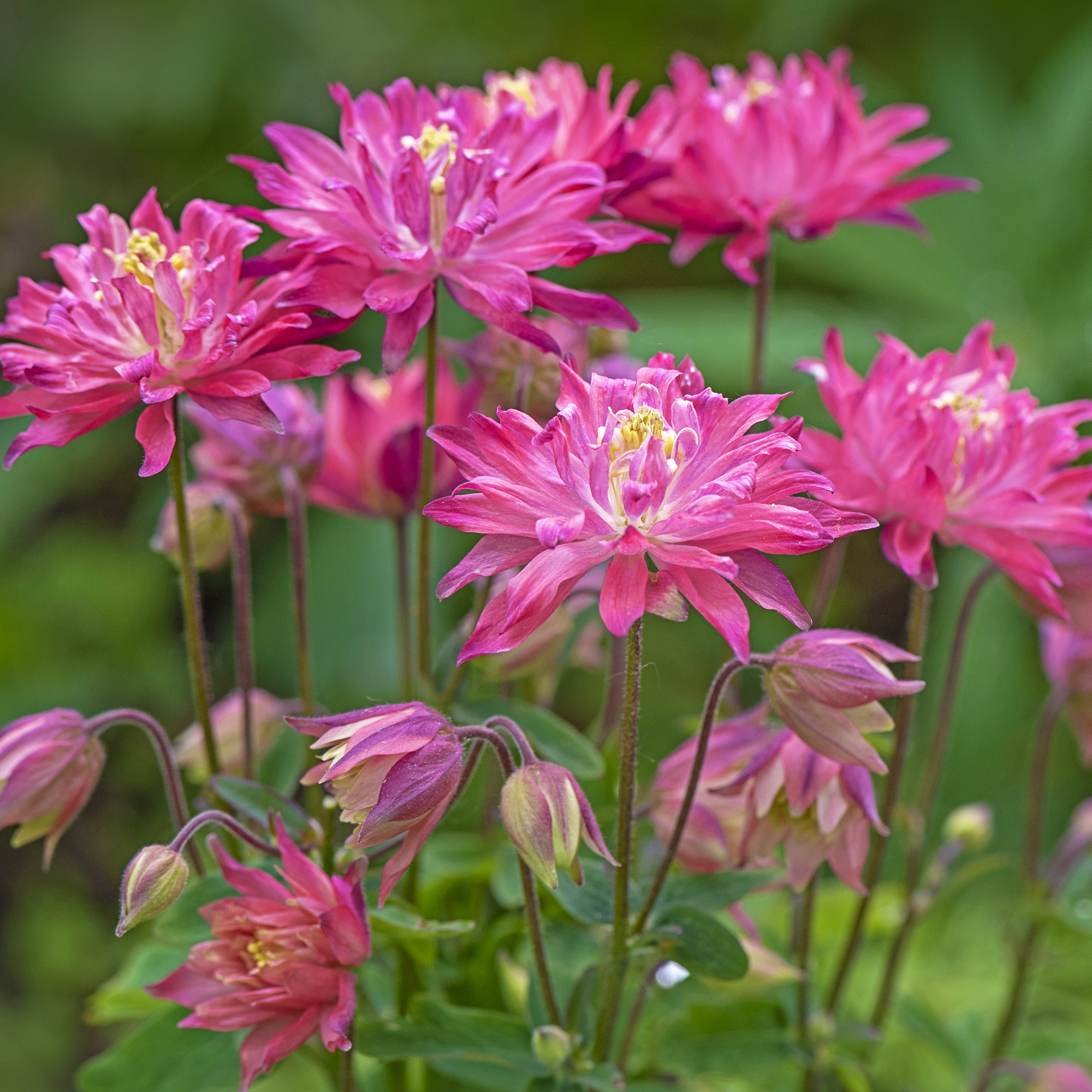 7 Shade-Loving Flowers To Start From Seed Now For A Stunning Summer Garden
7 Shade-Loving Flowers To Start From Seed Now For A Stunning Summer GardenTurn shady spots into vibrant new garden spaces with lovely and illuminating shade-loving flowers.
By Ellen Wells
-
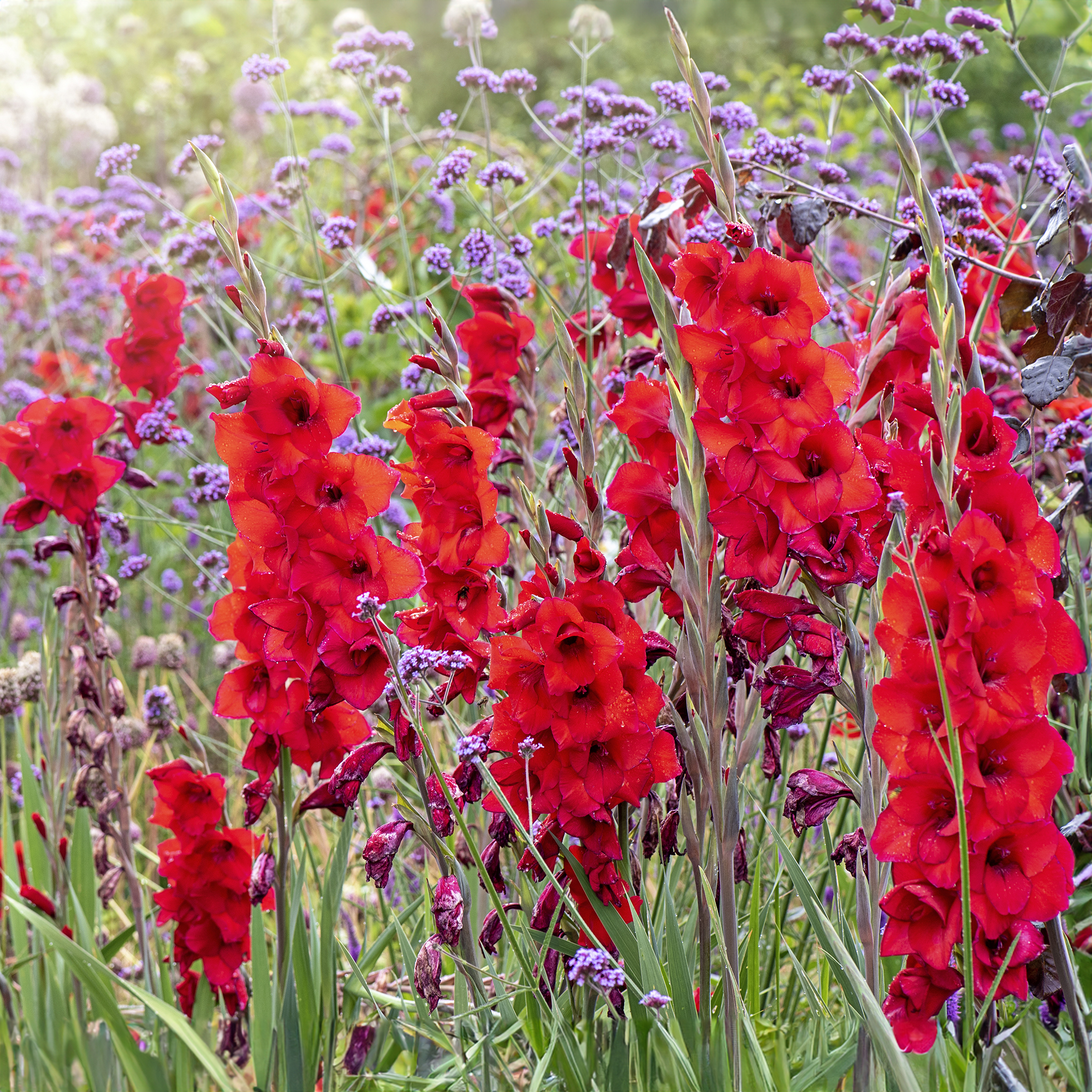 7 Summer-Blooming Bulbs To Plant In Early Spring: Don't Miss Months Of Glorious Flowers!
7 Summer-Blooming Bulbs To Plant In Early Spring: Don't Miss Months Of Glorious Flowers!Get a head start on stunning summer blooms with these easy-to-plant bulbs – act early and you will enjoy vibrant flowers that last for months on end.
By Mary Ellen Ellis
-
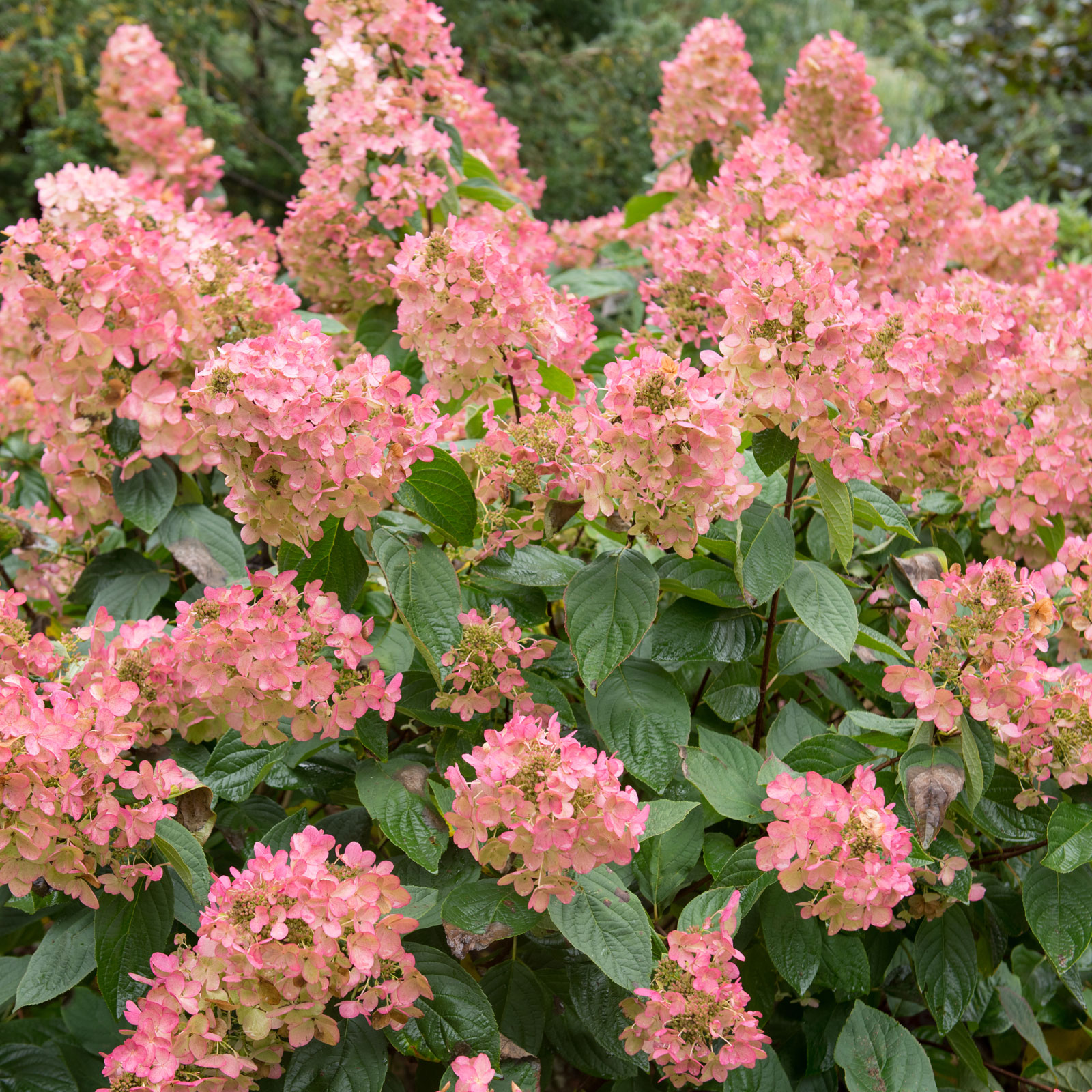 Quick Fire Hydrangea – The Elegant, Easy-Care Shrub Every Gardener Needs In Their Landscape
Quick Fire Hydrangea – The Elegant, Easy-Care Shrub Every Gardener Needs In Their LandscapeIf you’re after an early flowering panicle hydrangea that offers plenty of floral variety, the Quick Fire hydrangea goes big on visual dynamics from early summer to fall
By Tonya Barnett
-
 8 Rare Orchids That Make Stunning Houseplants – Some Are Surprisingly Easy To Grow
8 Rare Orchids That Make Stunning Houseplants – Some Are Surprisingly Easy To GrowDiscover unique orchids that will add exotic beauty to your home. Some make easygoing houseplants, while others offer a challenge for more seasoned growers.
By Melanie Griffiths